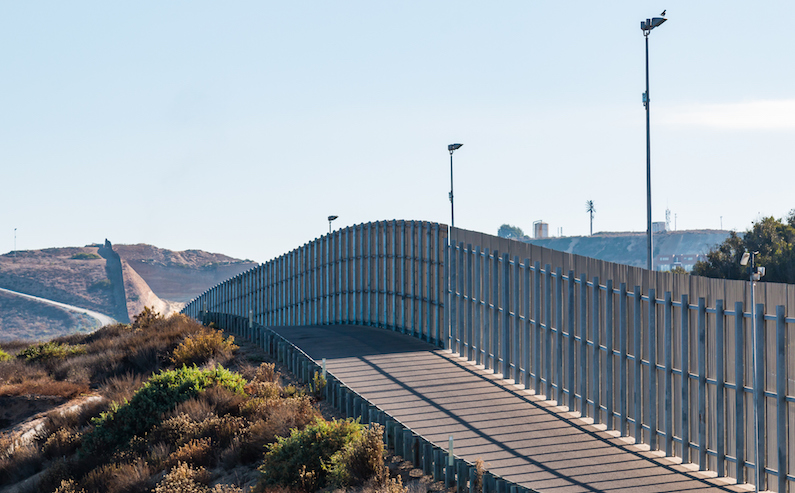
The validity of the newest national emergency could be supported by decades-old emergencies.
Amid lawsuits and fierce debate over President Donald J. Trump’s declaration of a national emergency at the U.S.–Mexico border, the President quietly renewed a different national emergency declaration concerning Cuba—one that has lasted for over two decades.
With that renewal, President Trump may have inadvertently strengthened the legitimacy of his declaration of an emergency at the border.
A lawsuit filed by 16 states over the declaration contends that the situation at the border cannot be an emergency now if it has not “significantly changed” since President Trump took office. The states argue that border apprehensions are “within the historic range” and that caravans of asylum seekers “have not materially changed the situation at the border.” Without a recent crisis or escalated threat, no emergency exists, they claim.
But many national emergencies last for years, or even decades. The Trump Administration could use the existence of these longstanding national emergencies to refute the states’ argument. Routine, annual renewals of ongoing emergencies may support the declaration of a new emergency at the border, even if circumstances have been the same for many years.
For example, in February 1996 the Cuban military “intercepted and destroyed” two unarmed American civilian aircraft. Within a week, President Bill Clinton declared a national emergency. He delegated broad powers to the U.S. Department of Transportation to regulate any vessel that “may be used” for travel into Cuban territorial waters, including the power to “take full possession and control” of such vessels.
That authority—now administered by the U.S. Department of Homeland Security—still persists today, even though the events that sparked the initial emergency occurred 23 years ago. With President Trump’s annual renewal in February, the Cuba emergency will exist for at least another year.
The Trump Administration could defend the President’s newly declared border emergency by comparing it to longstanding emergencies like the one in Cuba. Since national emergencies are often renewed for decades, the Administration could contend that new emergencies can also address circumstances that have existed for years.
Out of the 39 prior national emergencies declared between 1995 and President Trump’s border emergency, only 10 have actually ended. And one national emergency declared to address the 1979 Iran hostage crisis is still in effect today, even though the last hostages were released less than two years after the initial declaration.
How can any emergency last so long?
The Merriam-Webster dictionary defines an emergency as an “unforeseen” situation that requires “immediate” or “urgent” action. That seems incompatible with circumstances that last for decades.
But the National Emergencies Act does not offer any definition of “emergency” at all, leaving it open to broad interpretation. Without a clear definition of what is—and is not—a national emergency, a court may be reluctant to side against the President.
Of course, the validity of President Trump’s border emergency and decision to reallocate funds to build a border wall is not a foregone conclusion. For one, the National Emergencies Act provides Congress with the power to terminate a national emergency by joint resolution.
The U.S. House of Representatives has already passed a resolution to invalidate President Trump’s declaration of national emergency, and the U.S. Senate is scheduled to vote on the resolution today.
Although President Trump has reportedly pledged to veto the resolution and neither the House nor the Senate is likely to have enough support to override his veto, the federal courts can still be expected to weigh in.
Even if the courts find President Trump’s emergency declaration itself is valid, they may find that the President lacks the authority to divert federal funds for the specific purpose of constructing a border wall. The validity of a national emergency at the border and the power to build a wall are not the same thing.
But the existence of so many longstanding national emergencies will tend to help the President in court. When deciding this question of first impression—and lacking a statutory definition for “emergency”—a court may well find that emergency declarations can be legally valid even if circumstances are not new.



